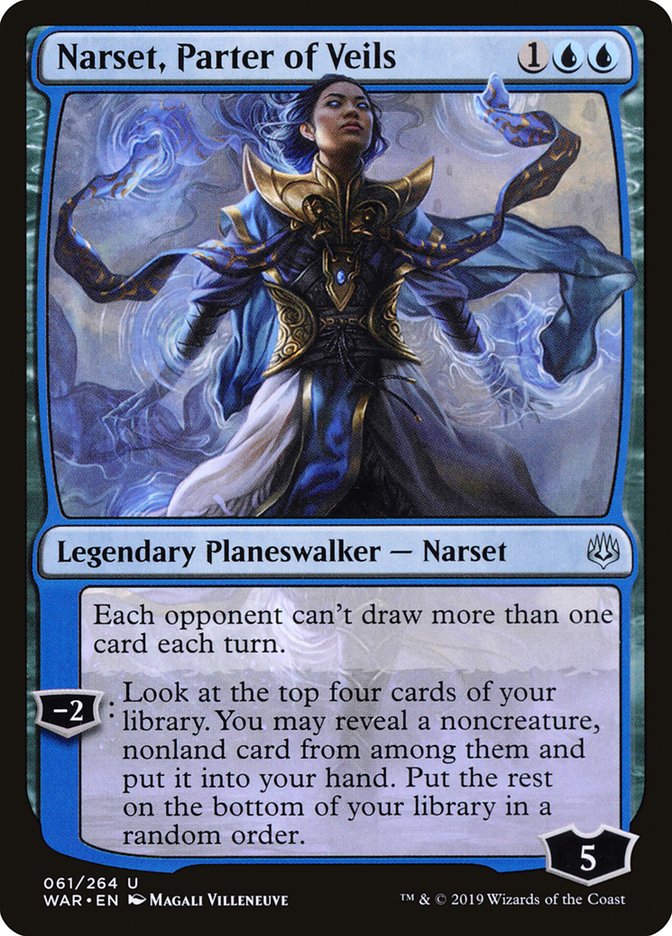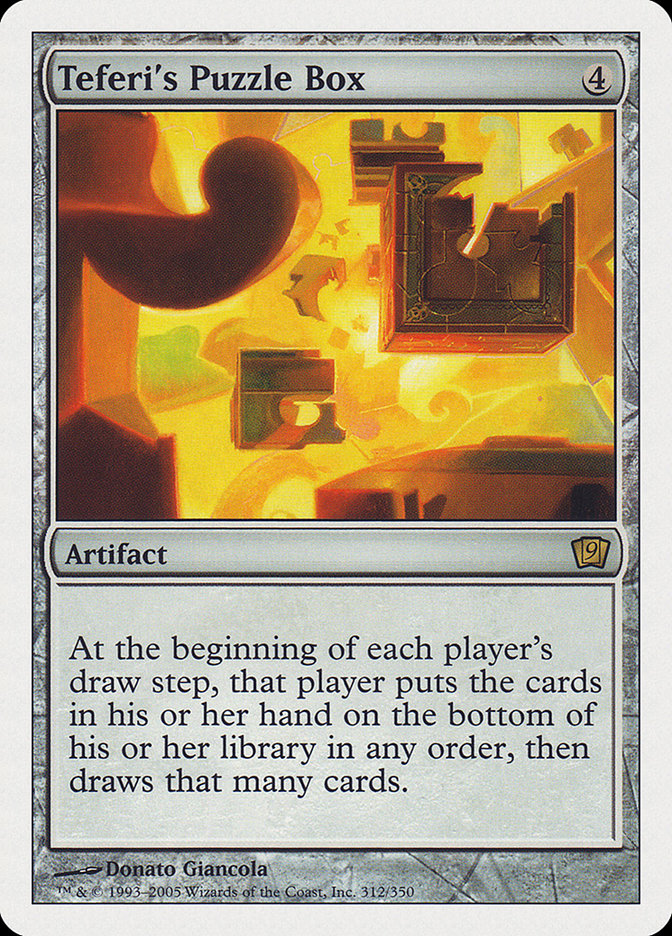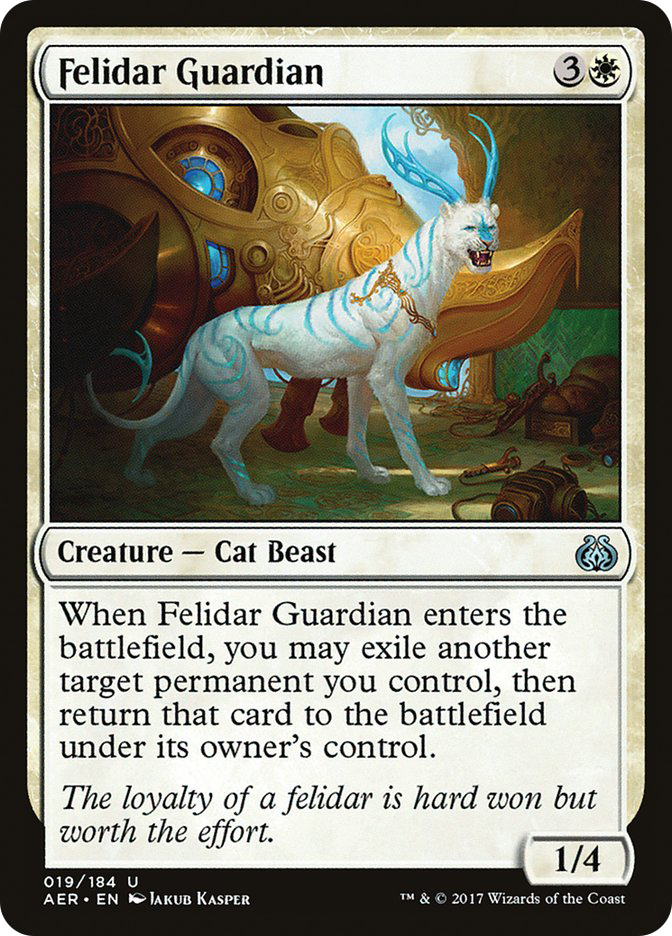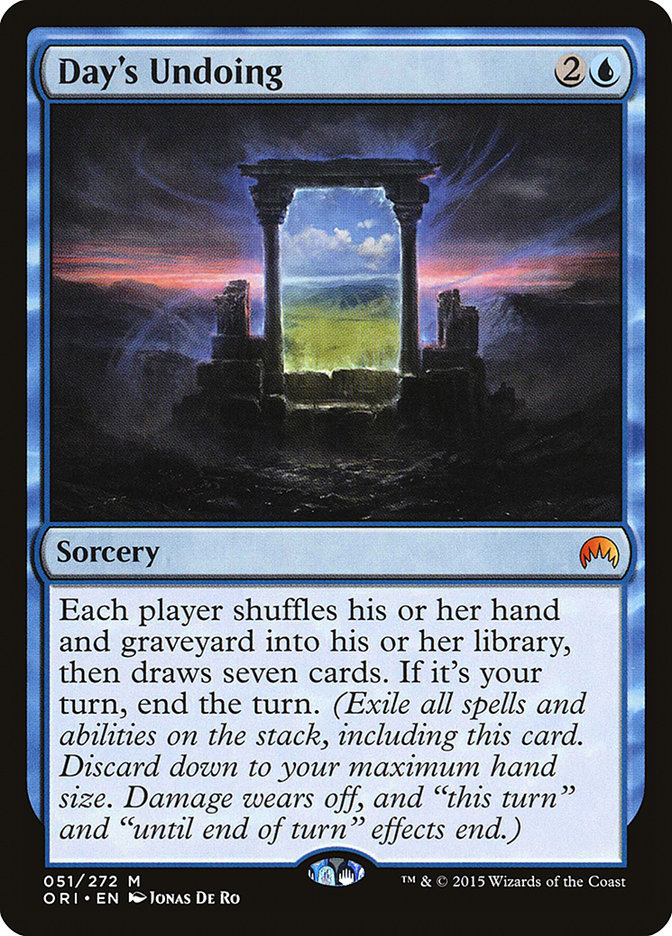There are a few paths you can walk down when considering deck selection for one of the bigger events on the Magic calendar. The correct path is often influenced by the timing of the event. Early on in a format, incentives are there to spend hours finding new and unexpected archetypes that will leave opponents without rehearsed and defined plans to deploy. As a format matures, this approach becomes less likely to succeed as existing decks become more tuned and powerful, and the likelihood of an idea remaining completely unexplored becomes less likely. Sure, it’s possible there still a busted Naru Meha, Master Wizard / Finale of Devastation deck out there, but the odds are getting increasingly slimmer.
In these well-defined metagames, people instead tend to focus on refining and improving existing Tier 1 archetypes and solidifying sideboard construction and plans for these archetypes. This approach flat-out works, and it’s especially powerful in a format like present Standard where decks have a bevy of realistic ways in which they can be built. Not only are there wholesale archetype shifts available (think Esper Midrange to Esper Control to Esper Superfriends) but there are so many cards at similar power levels (think Basilica Bell-Haunt versus Elite Guardmage) that perfectly understanding each and every slot in your 75 can put you miles ahead of someone who is ostensibly playing the same archetype.
There is another approach that gets a bit less press than either of these two options, and that’s likely because it is equal parts brewing and refinement. I’m talking about an effort to maximize a single card, recognized as strong, but not yet appreciated to its fullest. This was my approach for the Modern portion of the Season One Invitational, and my focal point was the best card in War of the Spark.
At this point, it’s unquestionable that Narset is Modern-playable. Indeed, it’s having no issue disrupting Legacy and Vintage as well. I spoke briefly last week about how the proliferation of three-mana planeswalkers is again reshaping the terms of engagement for Modern, but even at that moment I hadn’t truly grasped the impact of Narset on the format.
Just as a boring card advantage-based planeswalker, Narset is strong enough. We’ve seen copies creep their way into traditional versions of Azorius Control, splitting some time with Teferi, Time Raveler. Stop doing this. Azorius Control is a Narset deck now. It starts with four copies.
Creatures (6)
Planeswalkers (8)
Lands (16)
Spells (30)

Azorius Control generally attempts to hold things together in its first three turns. It then hits Turn 4, does something powerful, and is able to carefully control the game from that point forward. Narset changes this equation in two striking ways. First, it’s presenting a game-breaking play on Turn 3 now, and make no mistake about it, activating Narset twice is very much game-breaking. If the battlefield is managed on Turns 1 and 2 and then card advantage gets shut off on Turn 3, an opponent is going to struggle to recoup the value that’s been provided by Narset.
The other important point of note is that “powerful thing to do on Turn 4” varies wildly depending on the opponent. Against a deck like Humans, the play is clearly Supreme Verdict, but the card is a blank against other portions of the Modern metagame. Narset helps to ensure you have the right tool for the job. This effect is amplified in sideboard games, when you start turning up Rest in Peace and Stony Silence with shocking regularity.
If you were to just recognize this upgrade and show up with 4 Narset, Parter of Veils in your Azorius Control deck, you’ve put yourself in a fine position to succeed at this Invitational. But you can maximize Narset even more in these lists.
Creatures (4)
Planeswalkers (9)
Lands (17)
Spells (30)

What’s in the box? A bad time for your opponent.
This was not a card I expected to make its way into Modern, but abusing effects that are supposed to be symmetrical starts to make Narset seem downright broken. The presence of Teferi’s Puzzle Box changes the way you can build your Azorius Control decks. Previously, your cards had to scale well into the late-game, which is why a card like Cryptic Command was indispensable despite all its clunkiness. Here, we’re able to play just a single copy, as we can focus on just controlling the early and middle turns of the game until we can deny our opponent all the non-instants in their deck. Combine with Teferi, Time Raveler for the pure lock.
The presence of this combo leads to a bunch of small early-game optimizations. Mana Leak and Spell Pierce get renewed leases on life, and Dovin’s Veto becomes our new hard counter. It’s hard to explain how much even a single copy of Teferi’s Puzzle Box can change the play patterns of this deck for the better, and the extraordinary digging power of Narset means you can turn up your copy when you really need it. I’ve flirted with the idea of playing two copies, but drawing multiples is too apt to be an instant loss. Also, keep an eye out for opportunities for a value Teferi’s Puzzle Box. It doesn’t come up very often, but I had a match on Magic Online where I knew my Storm opponent had almost-certain lethal in hand due to a Pieces of the Puzzle, and I was able to just cast a raw Box and steal away a victory. I found a similar spot against an Amulet Titan opponent with Tolaria West in hand. They’re rare, but they do happen.
So we’ve seen Narset play fair, and we’ve seen Narset with just a pinch of combo thrown in. What about when Narset is enabling other combos?
Creatures (9)
Planeswalkers (9)
Lands (18)
Spells (24)

Saheeli Combo found its way on to my radar mostly due to Teferi, Time Raveler but it didn’t take long for me to figure out that Narset, Parter of Veils was every bit as impactful on the archetype. The problem with Saheeli Combo in Modern is just how many bad cards you’re required to play. Narset doesn’t solve this issue, but it does make Felidar Guardian and Saheeli Rai just a little bit better. The play pattern of Narset -2, Narset -2, Felidar Guardian, blink Narset, Narset -2 represents some of the most incredible card selection we’ve seen since Dig Through Time was terrorizing Modern.
It’s a downer that Narset can’t find Felidar Guardian, but the fact that it provides reliable access to Saheeli Rai leaves me comfortable playing only three copies of what is a very bad card when you aren’t comboing off. The deck here is super-disciplined with its red splash, and by taking a lighter approach it gets some meaningful disruption against big mana strategies in the form of Spreading Seas, Field of Ruin, Blood Moon, and Alpine Moon. Spell-based combo is rough for this archetype, but thankfully is at an all-time low in Modern.
Creatures (16)
Planeswalkers (12)
Lands (17)
Spells (15)

This four-color version of Saheeli Combo gives up some of the light disruptive and removal elements of the Jeskai version for pure speed. Turn 3 goldfishes stapled onto a boat load of card advantage engines and the only Turn 2 Narset I’ve seen in the format seem appealing in certain metas, but as long as disruptive Humans and Gut Shot-fueled Arclight Phoenixes are terrorizing us all, I’m inclined to go the Jeskai route.
Creatures (4)
Planeswalkers (5)
Lands (15)
Spells (36)

A weird hybrid of a Taking Turns-style strategy and something akin to Blue Moon, this deck straddles the line between fair and combo-based very well. While I think it’ll be rare for this deck to just take all of the turns, it will find holes while an opponent attempts to break through its controlling elements to fire off three or four turns in a row with the help of Narset, and return play to an opponent facing an unassailable battlefield across the table. This deck is highlighted mostly to serve as our introduction to the filthiest Narset combination of them all.
Similar to the singleton Teferi’s Puzzle Box, the presence of a single Day’s Undoing in this deck means that at some point this deck will be able to completely refill on resources and leave an opponent with either one or zero cards in hand courtesy of Narset’s static ability. I would expect to see more singleton Day’s Undoings going forward, and I even think you can make a good-faith argument that it merits consideration over something like Teferi’s Puzzle Box. For now, I believe the permanent source of disruption that the Box provides is the best option for a deck seeking pure control of the game, but don’t be surprised if decks like Saheeli Combo start packing a Day’s Undoing in their arsenal. Some decks have simply moved all-in on the combination already.
Creatures (9)
Planeswalkers (5)
Lands (20)
Spells (26)

This is just a Legacy deck that’s somehow leaked into Modern, and with an additional free counterspell in Force of Negation about to join Commandeer and Disrupting Shoal, don’t be surprised when this one starts showing up with more frequency.
The gameplan is simply to spend resources aggressively early to keep your opponent off the battlefield. Cast Narset to start recouping resources. Cast Day’s Undoing to Wheel of Fortune and Mind Twist simultaneously. Somewhere during all of this is a resolved Thing in the Ice that’s going to stick your opponent with a hand full of creatures and three turns to find an answer. If this strategy proves to be a viable one, don’t expect to have much fun playing against it.
All these decks are in a somewhat raw, unrefined state. It’s clear that something special is going on with Narset in Modern, but personally, I felt like I didn’t have enough of the small details pinned down to be able to commit at the Invitational. It was close, though, and I will be completely unsurprised if any of these archetypes should show up and dominate the Modern portion of the tournament. With Modern Horizons on the cusp of release, Modern fans have all eyes pointed at 254 new cards specifically designed for the Modern format.
Don’t be surprised if Narset turns out to be more impactful than all of them.





